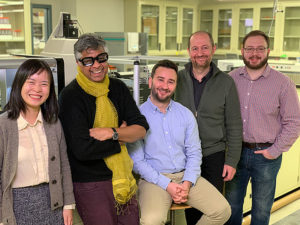
Nano-Objects of Desire: Assembling Ordered Nanostructures in 3-D
January 13, 2020 | Brookhaven National Laboratory
A new DNA-programmable nanofabrication platform organizes inorganic or biological nanomaterial components such as metals, semiconductors, and proteins into the same desired 3-D structures for enhanced functionality. Read More »

The Wild World of Microbe-Made Products – Skis Now Included
January 9, 2020 | Lawrence Berkeley National Laboratory
As the field of biomanufacturing grows, the scope of new objects and technologies it enables has become delightfully diverse. Learn how Berkeley Lab is playing a key role. Read More »
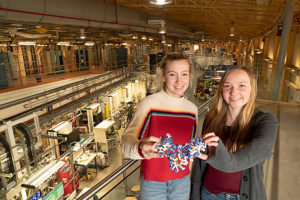
Long Island High School Students Solve Protein Structures at Brookhaven’s Light Source
December 18, 2019 | Brookhaven National Laboratory
Identifying the 3-D arrangements of atoms that make up functional components of proteins offers insight into disease mechanisms and could lead to the design of new drugs or other treatments. Read More »
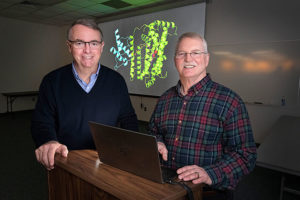
New Function for Plant Enzyme Could Lead to Green Chemistry
December 9, 2019 | Brookhaven National Laboratory
Discovery of a plant enzyme that initiates a cornerstone chemical reaction for making organic molecules found in lubricants, cosmetics, and more could lead to design of bio-inspired industrial catalysts. Read More »
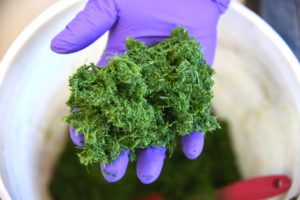
Aberdeen Alfalfa Business Receives Technical Help From INL
December 5, 2019 | Idaho National Laboratory
A company hoping to expand the market for alfalfa hay is developing a new type of protein product by separating nutrient-rich leaves from their stalks. Read More »
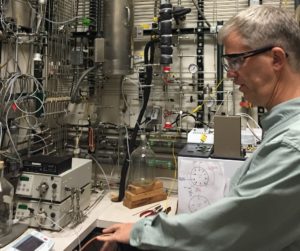
New Study Analyzes Viability of Sustainable Fuels Developed Through ORNL Process
November 25, 2019 | Oak Ridge National Laboratory
Oak Ridge National Laboratory developed a process to convert ethanol into price-competitive fuels suitable for aviation, shipping and heavy-duty vehicles, while retaining the sustainability benefits of biobased ethanol. Read More »

ORNL’s Dan Jacobson and Team Design Algorithms for Climate-Resilient Crops
November 13, 2019 | Oak Ridge National Laboratory
Oak Ridge National Laboratory is using high-performance computing, artificial intelligence, and population-scale datasets to advance breeding of climate-resilient bioenergy and food crops. Read More »
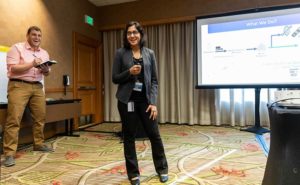
NREL and Energy I-Corps Produce Eco-Plastics, Transportation Tech-to-Market Hopefuls
November 6, 2019 | National Renewable Energy Laboratory
An NREL research team that plans to address plastic waste by upcycling polyethylene terephthalate and combining it with biomass-based polymers will participate in the U.S. Department of Energy's I-Corps. Read More »
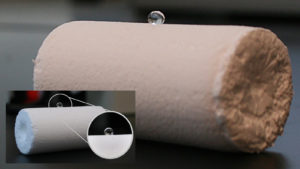
EZ Select Attracts Undesirables to Benefit Biomanufacturing
November 5, 2019 | Argonne National Laboratory
EZ Select is a highly selective adsorbent material developed at Argonne. Its mechanochemical properties can be fine-tuned for adsorption of target molecules, significantly improving on the performance and cost of conventional separation approaches. Read More »
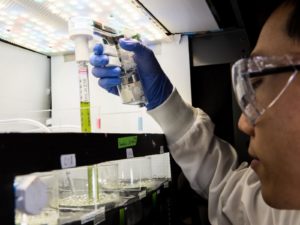
DISCOVRing Algal Strains for Sustainable Biofuels
November 5, 2019 | Pacific Northwest National Laboratory
In the third year of the DISCOVR Consortium project, the consortium team has identified an algal strain that progressed successfully through multiple evaluation phases. Read More »
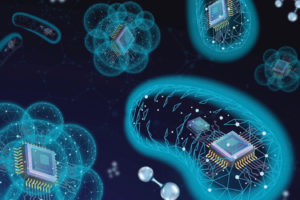
Unlocking the Biochemical Treasure Chest Within Microbes
October 14, 2019 | Lawrence Berkeley National Laboratory
An international team of scientists led by the Joint Genome Institute has developed a genetic engineering tool that makes producing and analyzing microbial secondary metabolites – the basis for many important agricultural, industrial, and medical products – much easier than before, and could even lead to breakthroughs in biomanufacturing. Read More »
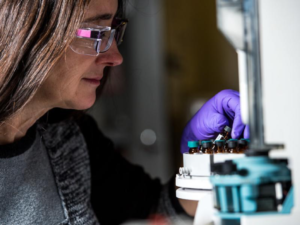
New Report Boosts Development Options for Most Promising Biofuels
October 8, 2019 | Pacific Northwest National Laboratory
A new Co-Optima report describes an assessment of 400 biofuel-derived samples and identifies the top ten candidates for blending with petroleum fuel to improve boosted spark ignition engine efficiency. Read More »
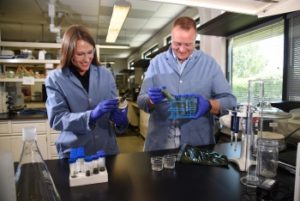
Age-Old Farming Practice Modified into New Storage Technique for Algae
September 18, 2019 | Idaho National Laboratory
Energy-dense microalgae thrives on waste – it can be used to clean water and can serve as a biofuels feedstock. INL's microalgae storage technique addresses seasonal variability challenges, allowing conversion facilities to operate year-round. Read More »
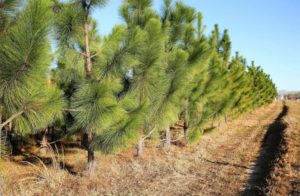
Want More Miles Per Gallon? Start Planting Some Trees
September 17, 2019 | Idaho National Laboratory
Trees can be refined to produce a wood alcohol that is excellent for use in high-octane fuel blends. New software simulates the impact of market dynamics and policy decisions on sector growth for such hydrocarbons. Read More »
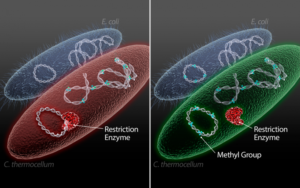
ORNL Develops Method to Customize Microbes for Better Biofuel Production
September 12, 2019 | Oak Ridge National Laboratory
Oak Ridge National Laboratory developed a method to insert bioengineered genes into a variety of organisms that previously would not accept foreign DNA, opening new avenues for customizing microbes. Read More »
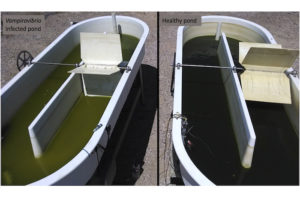
Vampire Algae Killer’s Genetic Diversity Poses Challenge to Biofuels
July 22, 2019 | Los Alamos National Laboratory
Multiple species of pathogen could impact commercial algae production. Read More »
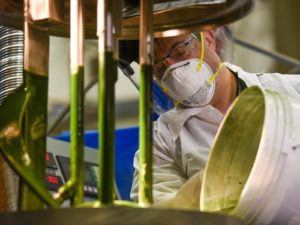
The Uncertainties Around Algae for Biofuel
July 19, 2019 | Pacific Northwest National Laboratory
Researchers at PNNL have developed a model that predicts outcomes from the algae hydrothermal liquefaction process in a way that mirrors commercial reality much more closely than previous analyses. Read More »
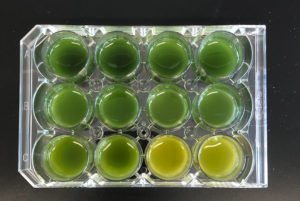
Using Algae to Try and Solve the Plastic Problem
July 8, 2019 | Los Alamos National Laboratory
Scientists at Los Alamos National Laboratory have developed an alternative method to sustainably manufacture plastic that is not only durable but is easily biodegradable. Read More »
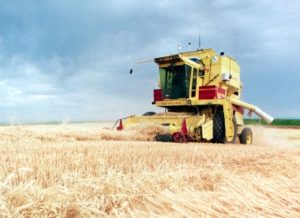
Integrated Landscape Management Reduces Biomass Production Costs By 20%
June 25, 2019 | Idaho National Laboratory
Bioenergy stakeholders could cut biomass production costs using integrated landscape management techniques. One strategy: growing low-cost bioenergy crops in parts of fields where high-cost crops don’t grow well. Read More »

Full Circle to Protect the Planet: Argonne Works with Industry to Examine Circular Carbon Economy
June 12, 2019 | Argonne National Laboratory
Working with industry, Argonne is advancing a “circular carbon economy,” which continually recycles carbon-based products into new products and energy, like converting waste products into productive materials or repurposing carbon dioxide. Read More »
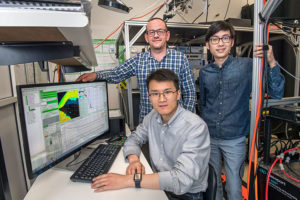
Hybrid Nanostructure Steps Up Light-Harvesting Efficiency
June 12, 2019 | Brookhaven National Laboratory
Inspired by nature, scientists combined a biologically derived light-absorbing molecule with inorganic semiconducting quantum dots and thin films in a way that could improve future solar cells. Read More »
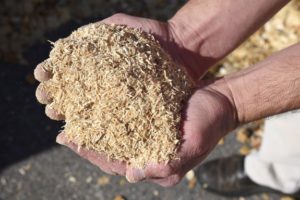
A Growing Use for Invasive Plants
June 5, 2019 | Idaho National Laboratory
Transforming certain invasive plants into renewable biofuels puts the unwanted plants to good use and reduces the net energy costs of mitigation efforts. Read More »
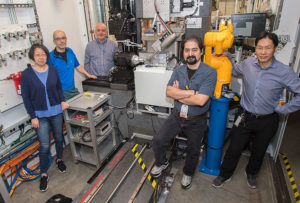
New Approach for Solving Protein Structures from Tiny Crystals
May 3, 2019 | Brookhaven National Laboratory
X-ray crystallography has advanced our understanding of how proteins work and has guided the development of precision drugs. A new technique will enable studies of countless hard-to-crystallize proteins involved in health and disease. Read More »
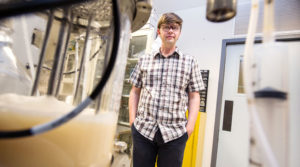
NREL Research Fellow Testifies on Plastic Recycling Before House Subcommittee
May 2, 2019 | National Renewable Energy Laboratory
NREL Senior Research Fellow Gregg Beckham testified before a U.S. House of Representatives subcommittee about possible solutions to the plastic pollution problem: redesigning today’s plastics and upcycling. Read More »
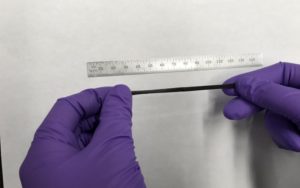
Materials—Mussel-Like Stickiness
May 1, 2019 | Oak Ridge National Laboratory
Scientists at Oak Ridge National Laboratory have developed a new plant-derived material that can self-heal and elongate up to 2,000% for use in industrial applications, including coatings, glues and hydrogels. Read More »
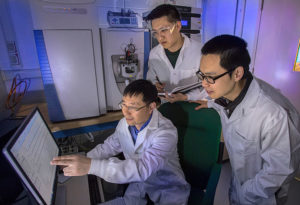
‘Electron Shuttle’ Protein Plays Key Role in Plant Cell-Wall Construction
April 8, 2019 | Brookhaven National Laboratory
Controlling the flow of electrons by targeting shuttle proteins could be a new strategy for guiding plants to make desired products. Read More »
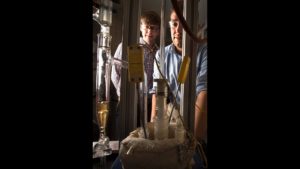
NREL Pioneers Cleaner Route to Upcycle Plastics into Superior Products
February 27, 2019 | National Renewable Energy Laboratory
NREL researchers chemically combined reclaimed polyethylene terephthalate plastic with bio-based compounds to produce higher-value fiber-reinforced plastics that can be used in products from snowboards to vehicle parts to wind turbines. Read More »
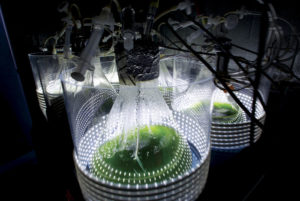
Collaboration Opportunity to Harness Top Algae Strains for Bioenergy
February 20, 2019 | Los Alamos National Laboratory
DOE project aims to boost productivity, lower cost of algae biofuels and bioproducts. Read More »
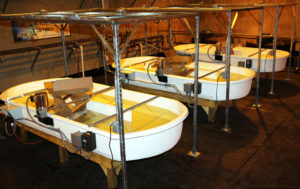
Hear Ye, Hear Ye: Open Call for Algae
February 19, 2019 | Sandia National Laboratories
To make algae biofuels more competitive with petroleum, growers must increase productivity and keep their ponds from crashing. Sandia National Laboratories and partners are inviting participants to help in the search for the toughest algae strains and most innovative farming techniques. Read More »

Los Alamos Scientist Bette Korber to Discuss her Work Developing an HIV Vaccine
January 22, 2019 | Los Alamos National Laboratory
A series of three public lectures in Albuquerque, Santa Fe and Los Alamos. Read More »
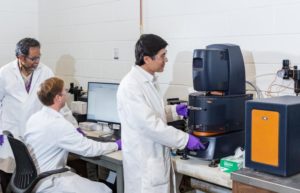
New Composite Advances Lignin as a Renewable 3D Printing Material
December 18, 2018 | Oak Ridge National Laboratory
Scientists at Oak Ridge National Laboratory have created a recipe for a renewable 3D printing feedstock that could spur a profitable new use for an intractable biorefinery byproduct: lignin. Read More »
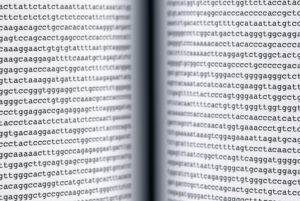
Making Sense of Sequences
August 1, 2018 | Los Alamos National Laboratory
Gathering genomic data is now easy and inexpensive, but barriers to understanding the data remain formidable. Read More »
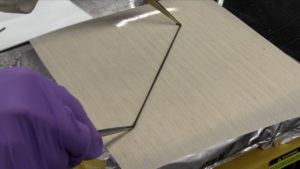
Materials—Shape-Memory Conductors
January 3, 2018 | Oak Ridge National Laboratory
Oak Ridge National Laboratory scientists invented a new biobased shape-memory material that may offer a low-cost alternative to conventional conductors for applications in sensors and robotics. Read More »